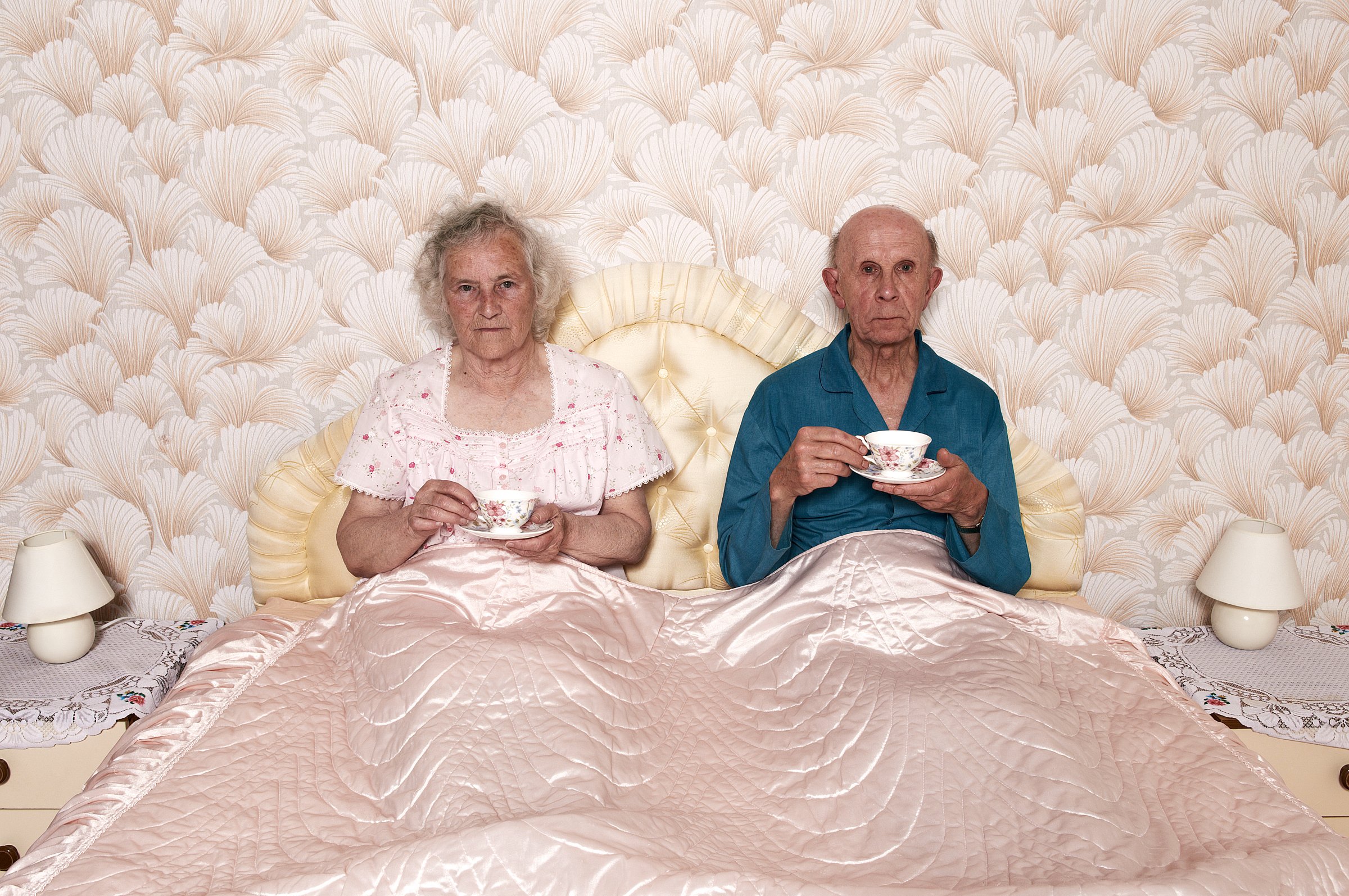
According to a bummer of a new study out of the Minnesota Population Center, the divorce rate—the frequency of “conscious uncoupling” in some parlance—is higher than previously imagined, especially among older people. It’s lower than it has been among younger people, but that doesn’t mean that families are more stable, because cohabitation rates are so high and cohabiting couples are less likely to last.
The divorce rate is one of the slithiest toves in all of American sociology. The belief that one-in-two marriages fail is based on very shaky data, and recent news on the divorce front had been of the more sunny variety. After peaking in the 80s, figures suggested, the divorce rate has been steadily dropping. Now it turns out that sunniness was of the fake tan variety. The American Community Survey started asking some divorce questions in 2008, and the picture that’s emerging is a bit grim.
While divorce is dropping among the young, especially people in the their 20s, it’s skyrocketing among the older folk. “The Baby Boom generation was responsible for the extraordinary rise in marital instability after 1970. They are now middle-aged, but their pattern of high marital instability continues,” says the study. One of its authors is more specific: “There has been a threefold increase in the divorce rate of people aged between 60 and 65 since 1990,” says Steve Ruggles, a professor of history at the University of Minnesota and the director of the Minnesota Population Center. “And for those older than 65, the increase is fivefold.”
Red More: Conservative Women Propose A Solution To Income Inequality: Marriage
One of the reason for that, he suggests is that second and third marriages are less stable than first marriages—and this is a generation with a lot of first marriages under their belts. “The reason [boomers] got divorced in such high numbers were the legal and huge cultural changes that took place in 70s,” says Ruggles. That is, many of the post war marriages were formed in an atmosphere of societal expectations, lack of alternatives and doing one’s duty. But once marriage became a less robust and mandatory institution, they were quickly dispatched. Subsequent generations are entering into the union a little more gingerly and perhaps more thoughtfully.
This does not mean, however that the younger generations are generally more stable. “Union instability among the young is at record levels,” says Ruggles. There is much more gathering and shedding of partners, because so many young couples cohabit. And cohabitation, while not necessarily a predictor of divorce, is no predictor of stability, either. For some, living together is a marriage dress rehearsal, an attempt to see if a lifetime union might work. For others, it’s just a way to live more cheaply with somebody you like being around for a while. Either way, it’s not as stable as marriage, at least in the U.S. In other countries, cohabitation is even more common. More than half of England and Wales’s population, for example, were not married in 2011, compared to 47% in 2001.
Read More: Marriage is Good for the Heart
So why are the marriages under 25 showing a little more lasting power? Because the people who enter into marriage at that age are highly selective. They’re often educated and wealthy, and marriage is something they have incorporated into their life plans rather than just something that they slid into. And of course, it’s much easier to stay married if you’re not poor.
More Must-Reads from TIME
- Cybersecurity Experts Are Sounding the Alarm on DOGE
- Meet the 2025 Women of the Year
- The Harsh Truth About Disability Inclusion
- Why Do More Young Adults Have Cancer?
- Colman Domingo Leads With Radical Love
- How to Get Better at Doing Things Alone
- Michelle Zauner Stares Down the Darkness
Contact us at letters@time.com